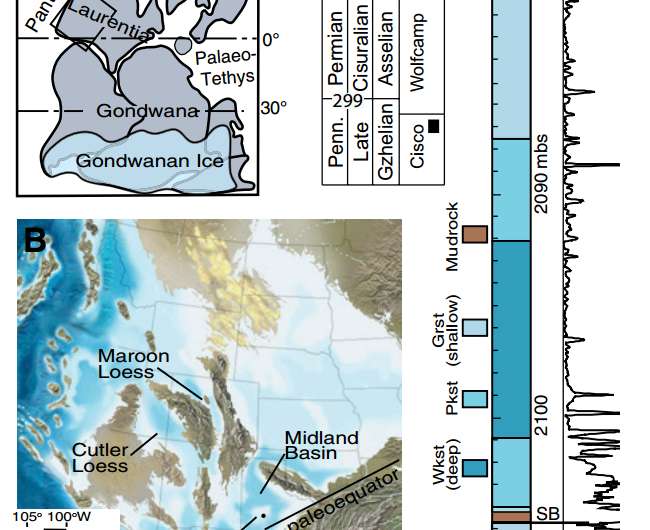Figure 1 from Sur et al.: Late Paleozoic Pangaea, showing (boxed) region of interest in western tropical Pangaea
Dust begets life, and Earth's atmosphere 300 million years ago was perhaps the dustiest of all time, with large consequences for carbon cycling and the climate system. In a new paper for Geology, Sohini Sur and colleagues examine the bioavailability of iron in dust from Earth's penultimate icehouse of the late Paleozoic. Dust links to carbon because of the iron—a key nutrient for nearly all life, so atmospheric dust acts as a fertilizer.
Vast volumes of dust deposits dating from the late Paleozoic, from both land areas and marine reefal deposits, record a remarkably dusty atmosphere. Moreover these dust deposits contain unusually high concentrations of reactive iron. This concomitance—dust with exceptionally high values of bioavailable iron—implies major ecosystem fertilization and an associated massive drawdown of atmospheric carbon.
The biogeochemical impacts of iron-rich dust to the oceans are known for Earth's recent record but unexplored for deep time, despite recognition of large ancient dust fluxes, particularly during the late Paleozoic. Sur and colleagues report a unique iron relationship for Upper Pennsylvanian mudrock of eolian origin that records lowstand (glacial) conditions within a carbonate buildup of western equatorial Pangaea (now the western United States).
With iron fertilization proposed as a serious geoengineering scheme to control future atmospheric carbon and attendant climate change, authors Sur and colleagues write, "It behooves us to study the consequences of analogous events as archived in Earth's deep-time record."
More information: Sohini Sur et al. Extreme eolian delivery of reactive iron to late Paleozoic icehouse seas, Geology (2015). DOI: 10.1130/G37226.1
Journal information: Geology
Provided by Geological Society of America























